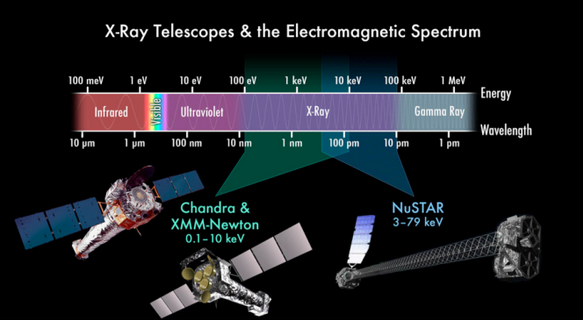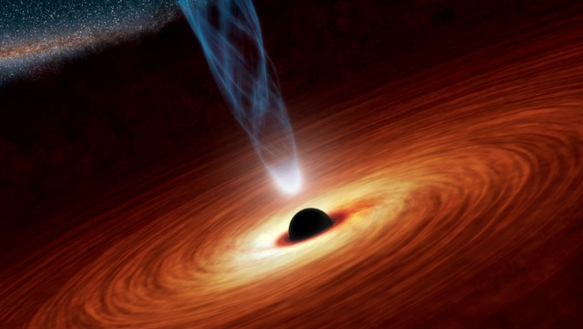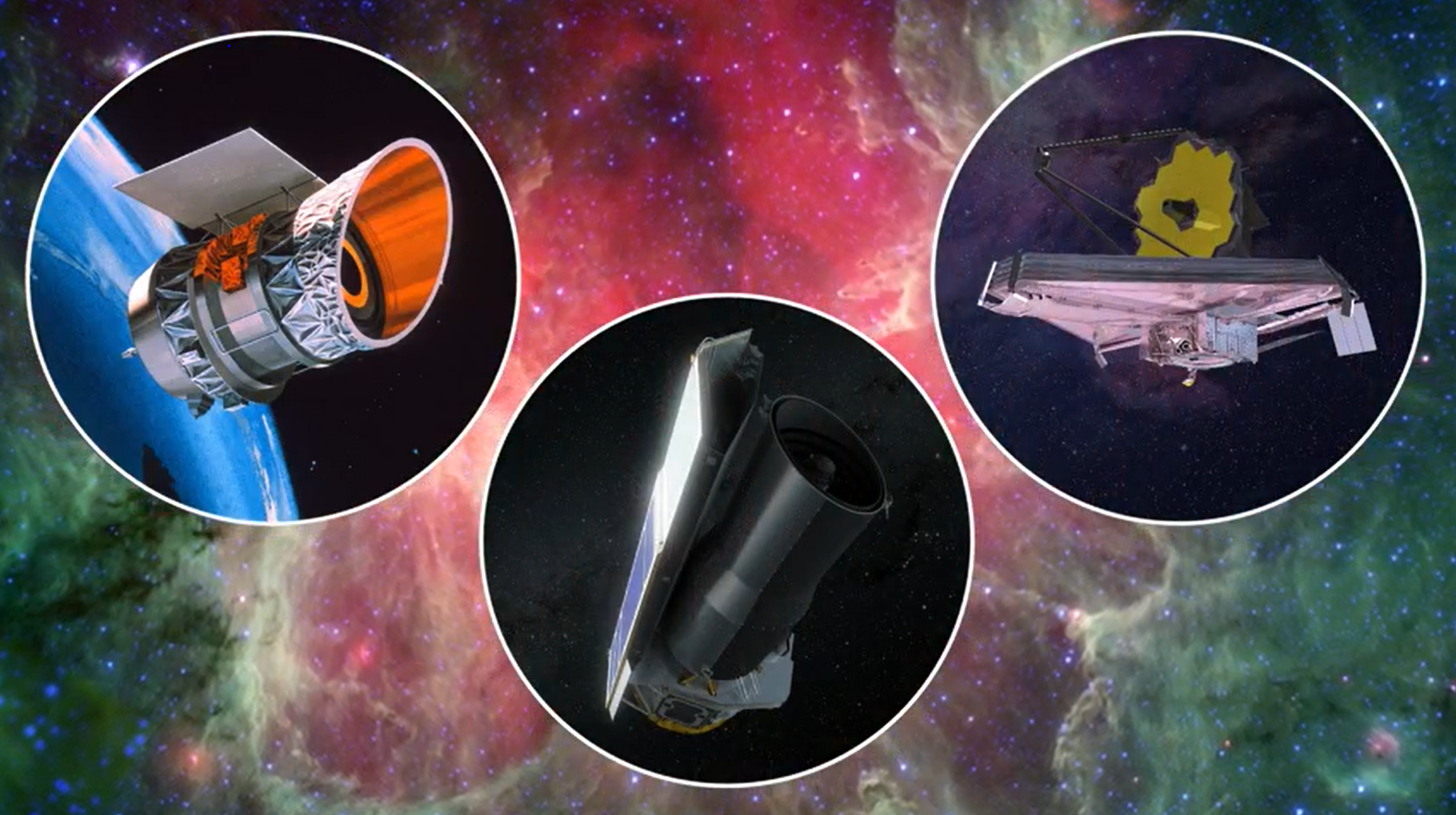5 min read
When I stop and think about it, it never ceases to amaze me that radio waves, infrared light, which we experience as heat, x-rays and gamma-rays are all the same fundamental physical phenomenon – light, or electromagnetic radiation. The thing that distinguishes these different kinds of light is the wavelength. Think of waves on the ocean, and taking out a ruler and measuring the distance between crests – that is the wavelength, only for light we are measuring the distance between ripples in electric and magnetic fields. For radio waves the wavelength is the size of a building, for X-rays it is the size of an atom. Astronomers use light of all wavelengths to understand the nature of the universe.
X-ray astronomers use telescopes that collect the same kind of light that your dentist and doctor use to see through your skin to study some of the hottest, densest and most extreme environments in the universe. X-rays are emitted from regions where material is heated to 10 – 100 million degrees Celsius, from places where particles are accelerated very close to the speed of light, and from intense cosmic explosions that are the death cries of massive stars. Regions that glow in X-rays range from the largest objects in the Universe that are held together by gravity, called galaxy clusters, to the most compact objects, like black holes and neutron stars.

The Light From a Black Hole
X-rays are emitted from the regions very close to black holes, and are a primary tool astronomers use to study the properties of black holes, and the bizarre phenomena that happen when gravity gets so strong it actually bends light. We should probably start by explaining what a black hole is. Although the mathematics that describes black holes is complex, conceptually you can think of a black hole as a rip in the fabric of space time that happens whenever enough matter is squeezed to a small enough volume. The only properties that a black hole can have are mass, charge and spin – so in some sense they are fairly simple. Black holes also have a horizon – a region with a size that depends on the mass and the spin of the hole – from which no light can escape.

If light can’t escape the horizon of a black hole, then where do the X-rays come from? The answer is that they come from matter that is falling onto the hole, and the ‘light’ or radiation we see is ultimately powered by gravity. Most astrophysical black holes don’t live in isolation; they live in galaxies full of dust and gas. The dust and gas are attracted to the black hole by its gravitational field, and as they fall onto the hole friction turns the gravitational energy into heat, and close to the black hole also causes regions to form where particles get accelerated close to the speed of light. These processes make many black holes bright sources of light, from radio waves to even gamma rays.
The X-rays from a black hole come from the very innermost regions. For a black hole with a mass equal to the Sun’s the X-rays come primarily from a region with a size of only 15 kilometers, and the amount of energy released can be 10 – 100 thousand times that of the Sun! By studying the colors of this X-ray light astronomers can tell things like whether the black hole is spinning. Black holes are also easy to find with an X-ray telescope, because they ‘stand out’ against the background of stars, which emit optical light but very little X-ray light.
X-ray Telescopes in Space
To see X-rays, telescopes must get above Earth’s atmosphere, which is opaque to X-ray light. This means they must be launched into space, or be carried into the stratosphere by large balloons. Currently NASA has three X-ray observatories in space; Chandra, Swift and NuSTAR. The European Space agency also has two telescopes in space that observe in X-ray light, XMM-Newton and INTEGRAL. Together these observatories help us to understand phenomena that occur at the extremes of energy and gravity by observing light that we cannot see using our eyes.

Fiona Harrison is the Benjamin Rosen Professor of Physics and the Joyce and Kent Kresa Leadership Chair of the Division of Physics, Mathematics and Astronomy at Caltech. She is the Principal Investigator of NASA’s NuSTAR High Energy X-ray Telescope. She completed a Ph. D. in Physics at University of California, Berkeley, before joining Caltech. Harrison’s research combines the development of new instrumentation with observational work focused on high energy observations of black holes, neutron stars, gamma-ray bursts and supernova remnants. Harrison was awarded the Presidential Early Career award by President Clinton in 2000, was named one of America’s best leaders by U.S. News and the Kennedy School of Government, was awarded a NASA Outstanding Public Leadership medal in 2013, and the Bruno Rossi Prize of the American Astronomical Society in 2015. She is fellow of the American Physical Society, the American Academy of Arts and Sciences, an honorary fellow of the Royal Astronomical Society, and honorary degree Doctor Technices Hornoris Causa from the Danish Technical University, and a member of the U.S. National Academy of Sciences.







